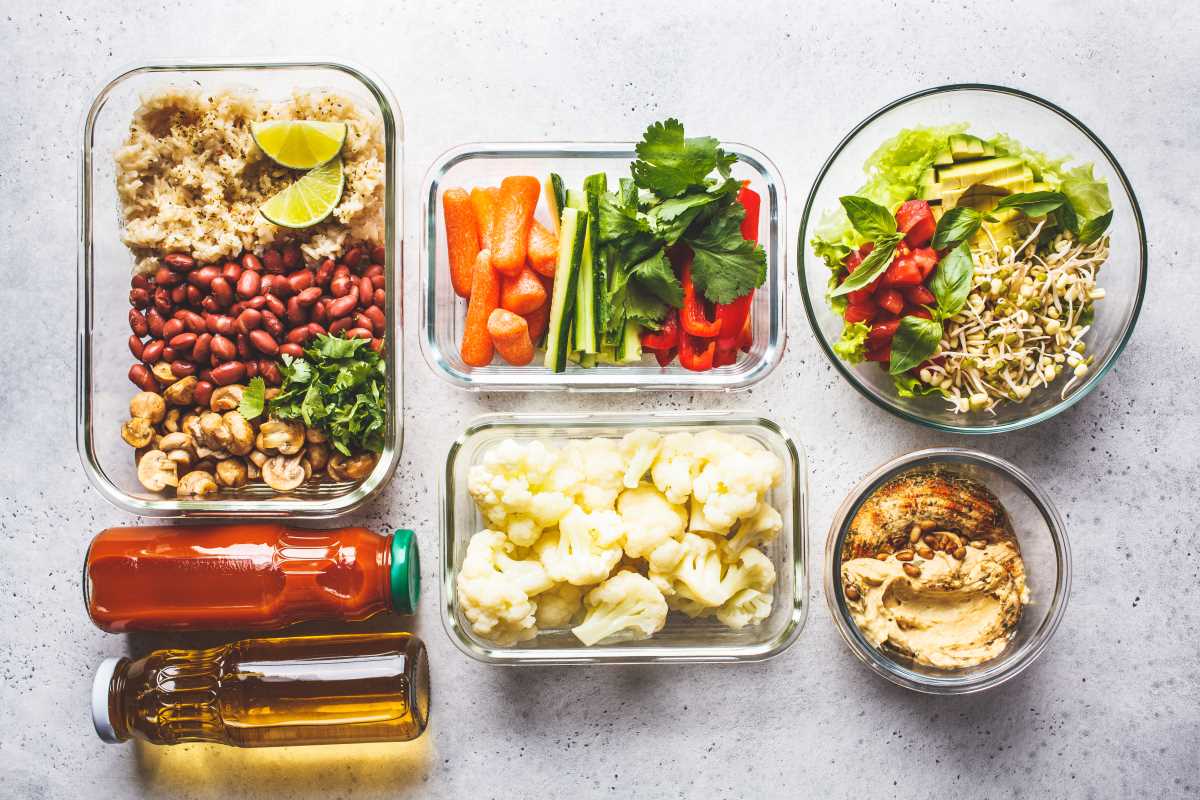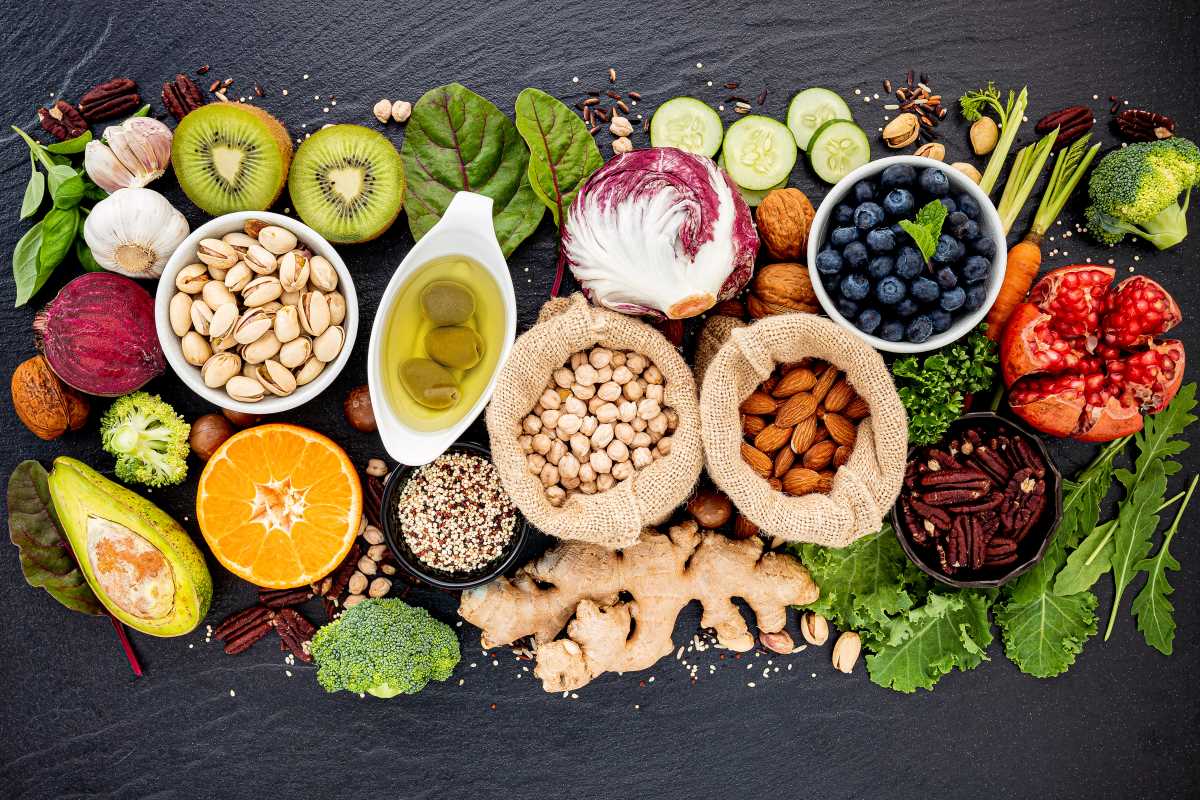Every athlete deserves a locker room experience where focus and energy align, supported by the right nutrition at every step. This article highlights seven key insights from nutritional counseling that help athletes break through performance barriers. You will discover how thoughtful meal timing can unlock greater potential, how to encourage positive approaches to nutrition, and how to use training logs to track progress toward personal bests. Each insight aims to make nutrition a practical and powerful tool, helping athletes of any level achieve more during training and competition. Explore how small changes to eating habits can make a big difference in results.
Understanding Fuel Psychology
Most of us assume the “right” meal plan comes from rigid guidelines, but real athletes respond to subtle shifts in motivation and identity. By exploring how clients label their own eating habits—like calling oat bowls “morning power hacks”—you uncover mental triggers that drive consistency. This approach avoids generic slogans and taps into personal narratives.
When you reframe macros as tools for building race-day confidence, athletes start to see each gram of carbohydrate or protein as a step toward proving something to themselves. By weaving fresh metaphors—say, comparing a banana’s potassium punch to a micro-turbo boost—you inspire new levels of commitment without ever mentioning standard benefit lists.
Hidden Patterns in Macro Timing
Traditional advice screams “eat at fixed intervals,” but you can adjust timing to suit individual circadian rhythms. Spotting personal energy peaks often requires simple habit audits: note when focus dips or strength surges. Suddenly, a 200-calorie snack becomes a precise tool rather than a generic fueling checkpoint.
Changing pre- and post-workout shakes by just 20 minutes can flip recovery from slow trickle to flood. Encourage clients to journal energy blocks and pair them with slight timing shifts. These nuanced changes reveal how athletes achieve smooth transitions between training sessions and rest periods without dramatic diet overhauls.
Hands-On Tools for Peak Nutrition
- Cronometer
- App release: 2012
- Function: nutrient-tracking platform that logs micronutrients down to the milligram
- Access: free and premium tiers
- Integration: syncs with wearable devices
- Pro tip: set custom nutrient targets to match training phase
- MyFitnessPal
- Category: nutrition tracker app
- Features: vast food database covering millions of items
- Access: free access and low-cost subscription
- Tools: supports barcode scanning
- Insider hint: create private food entries to track homemade recovery shakes precisely
- Optimum Nutrition Gold Standard Whey
- Sports supplement release: 2010
- Nutrition: 24 grams of protein per serving with 5.5 grams of BCAAs
- Price: around $60 for a 2-pound tub
- Availability: most supplement stores
- Tip: blend with natural fruit for an antioxidant boost without extra sugars
- GU Roctane Energy Gel
- Category: endurance fuel product
- Formula: increases sodium concentration by 100% over original formulas
- Price: about $2.50 per packet
- Packaging: portable tenth-ounce sachets
- Pro move: use during high-heat workouts to prevent cramps and maintain pace
- Skratch Labs Hydration Mix
- Beverage powder release: 2013
- Formula: real-fruit flavor without artificial dyes or excessive sugar
- Price: roughly $1.25 per serving
- Purchase: available in bulk online
- Insider tip: stir with 500 ml water for mid-run hydration that feels lighter than many sports drinks
Transforming Counseling Conversations
Engage clients in discoveries by asking open-ended questions about how they felt after each meal, rather than checking compliance with a meal log. This simple shift encourages reflective dialogue. Within that space, you gather authentic feedback that leads to customized tweaks, not one-size-fits-all approaches.
Guide athletes through small experiments: “Try swapping avocado toast for a savory chickpea scramble and observe how sleep quality shifts.” Framing these as short sprints instead of long campaigns keeps curiosity high. When clients report feeling sharper, they take ownership of the change rather than simply following orders.
Actionable Meal Strategies
- Map a 72-hour feeding window aligned with high-intensity sessions, tracking energy levels and soreness—this brief trial reveals how meal spread impacts both workouts and recovery routines in real time.
- Rotate three plant-based protein sources weekly, such as lentils, tofu, and hemp seeds, to balance amino acid profiles and micronutrients—this variation helps prevent nutrient monotony and keeps digestive systems responsive.
- Introduce a daily post-training beverage that combines 20 grams protein, 30 grams carbohydrate, and 5 grams creatine—adjust ratios based on muscle soreness journals to fine-tune lean mass gains and soreness reduction.
- Create a bedtime snack formula with 15 grams slow-release protein, 10 grams healthy fat, and low-glycemic carb—this formula promotes overnight muscle repair by gently elevating amino acids during sleep cycles.
- Assign a colorful salad challenge: clients select at least four distinct hues each meal, which ensures varied phytonutrient intake—track shade diversity in a shared app log to boost engagement and accountability.
7 Key Counseling Insights
- Shift goal talk from “weight” to “performance markers,” prompting athletes to pursue tangible benchmarks like split times or rep counts that directly connect to fueling choices and spark enthusiasm.
- Embed micro-goals around sleep, hydration, and meal timing—each step adds to smoother training days; athletes track them in brief checklists to see consistent progress instead of fleeting wins.
- Encourage trial-focused meal swaps every two weeks—each small change uncovers personal preferences, creating a sustainable playbook that athletes feel excited to improve.
- Frame macronutrient targets as modular “fuel blocks” that clients assemble like building bricks; this modular idea reduces emphasis on strict grams and highlights flexible creativity.
- Introduce recovery days with gentle challenges—guide clients to craft a breakfast that doubles as relaxation, such as yogurt bowls with warm berries, linking nutrition to stress relief.
- Highlight context-driven snacking: athletes carry precise portions of nuts or homemade bars linked to training intensity, ensuring each bite matches session demands.
- Celebrate process milestones—whether it’s a full week of consistent fueling or a new recipe that sticks—this recognition shifts focus from outcomes to effort, fostering long-term habits.
Integrating Performance Habits
Overlay fueling routines onto existing training calendars. Connect each meal template to specific workouts, so breakfast matches speed days and lunches align with strength or skill sessions. This method makes meal prep feel like part of the training plan, not an extra chore.
Encourage athletes to share creative meal photos in group chats or social media. Peers then exchange insider tips—like adding a sprinkle of turmeric to a smoothie to reduce inflammation—so each fueling tip spreads naturally rather than feeling imposed from above.
Using these insights and tools, nutritional counseling becomes a dynamic, collaborative process. Athletes achieve clarity, confidence, and real results without relying on generic plans.







